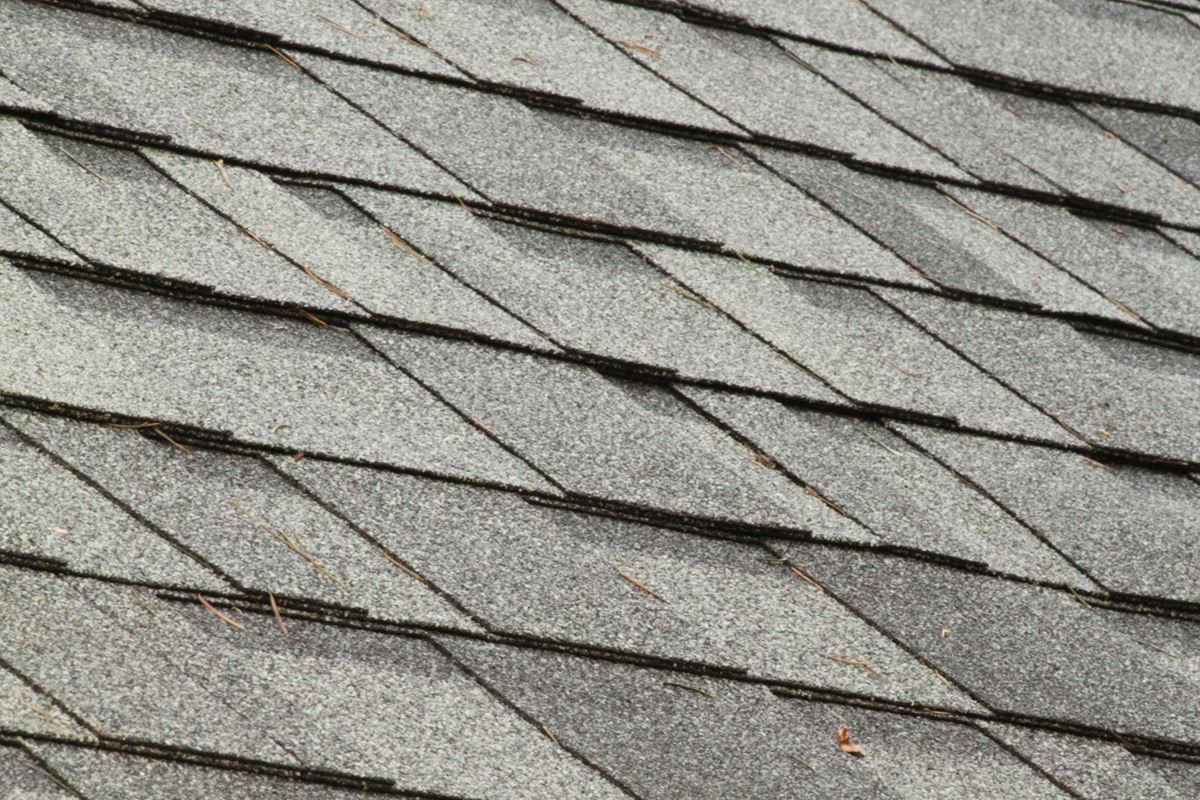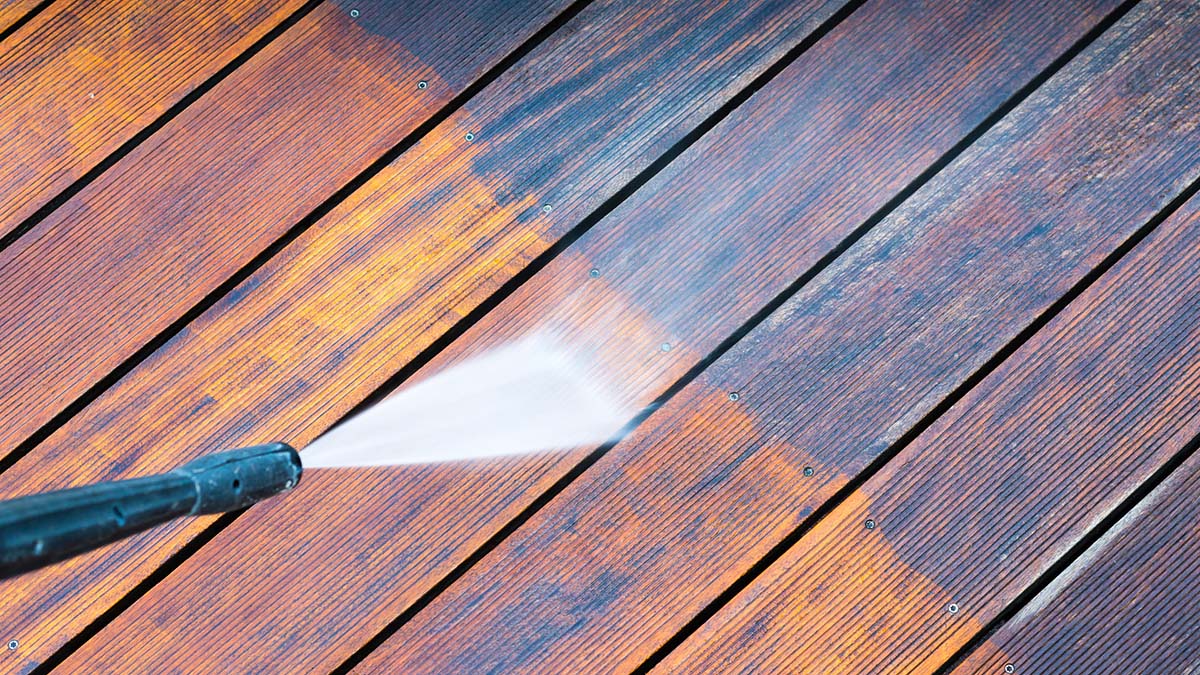How to Prevent Black Streaks from Forming on my Roof

Many people are surprised and disheartened to find black stains and streaks appearing on their asphalt shingle roof. In my last blog, I discussed the reasons that black colored algae grows on asphalt shingles. It is not uncommon for a homeowner to notice stains forming within the first three years of building a house- on a 30 year shingle! So how can you prevent the algae from growing on your roof? Well, if you live in the southeastern United States, your best bet is to move out west where the air is clean and dry or install a metal roof. Metal roofs, though, come with their own set of challenges. They also need to be cleaned, screws work loose and cause leaks, the metal can rust, and painted metal will fade and needs to be repainted every 10-15 years, depending on the color and exposure to the sun. Who wants to repaint a roof? It is no wonder asphalt shingles are a more popular option. So, here are a few tips to manage algae on an asphalt shingle roof.
Have you ever noticed how roof stains are on houses on one side of the street only? That’s because the stains you see are generally on the shaded, or north, side of the house. The north side stays wet long enough in the morning for algae to grow. I guarantee you that the other houses have algae growth in the back. If you are lucky and the side of your roof visible from the street faces south, chances are no one will see any algae stains on your house. In my opinion, stains don’t really matter if you can’t see them. Most people don’t worry too much about stains on the roof in the back of the house.
If you are building a house or replacing a roof, you may consider having copper infused asphalt shingles installed. These shingles are designed to prevent the growth of algae. Keep in mind that the actual effectiveness of the copper over the life of the shingle remains to be proven, and of course these specialty shingles are quite a bit more expensive. As an alternative, a copper strip can be installed at the ridge of the roof, but this is certainly less effective than copper infused asphalt shingles.
I highly recommend removing any trees or tree limbs that shade or hang over the roof. The limbs drop organic material on the roof that feeds the algae as well as lichen and moss, and the shade provides extended moisture time for growth. The closer the limbs are to the roof, the worse the stains will be under the limbs. It is not uncommon to see a clean roof with one spot of dark algae under a tree hanging over the roof.
Do what you can to make sure the entire roof dries as quickly as possible in the morning and after rain showers. If there are gutters, such as on a dormer, that empty onto a lower asphalt shingle roof, use a gutter drain pipe to direct the water to the lower gutter. Also, make sure the gutters do not leak and drip on any shingles. Leaky gutters can keep lower shingles wet for extended periods of time, promoting algae growth. Obviously, remove all pinestraw, leaves, and limbs from the roof regularly to help the shingles dry out quickly.
A roof is a very inhospitable place for anything to live. Asphalt shingles can exceed 170 degrees in the summer, especially if the underside of the roof is sealed and insulated with spray foam. It is remarkable that gloeocapsa magma thrives in such a hot environment. It’s one tough bacteria that is hard to avoid. Remember, you can do everything right and still have streaks form on your roof. In my next segment, I will discuss how you can remove this pesky algae from your roof.
